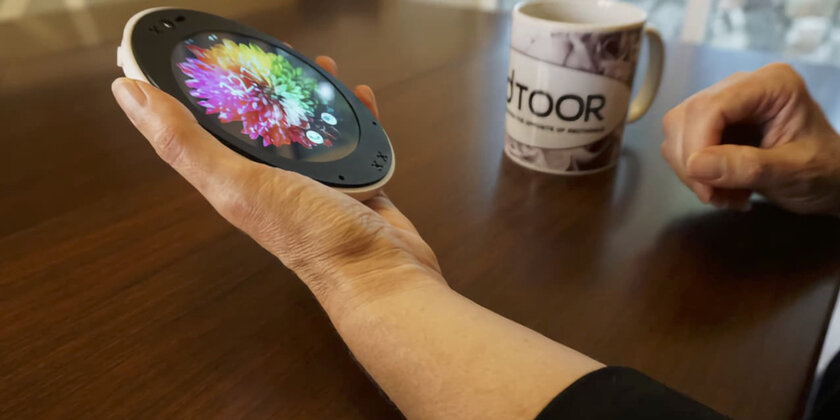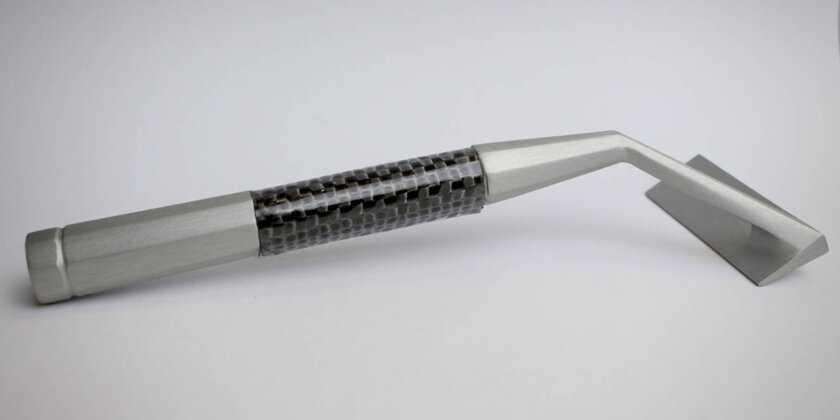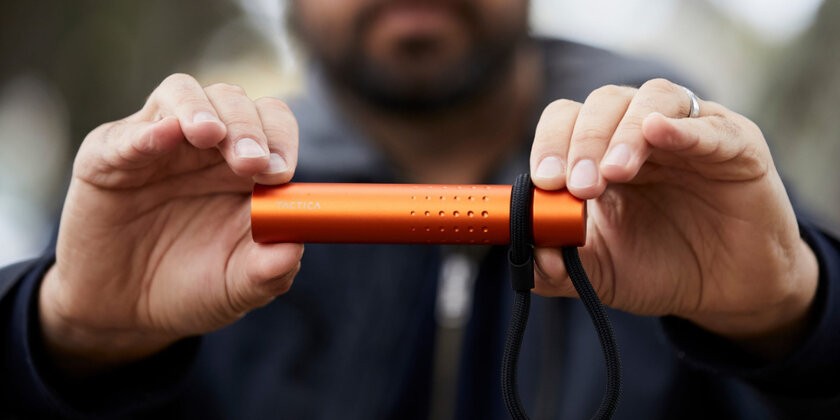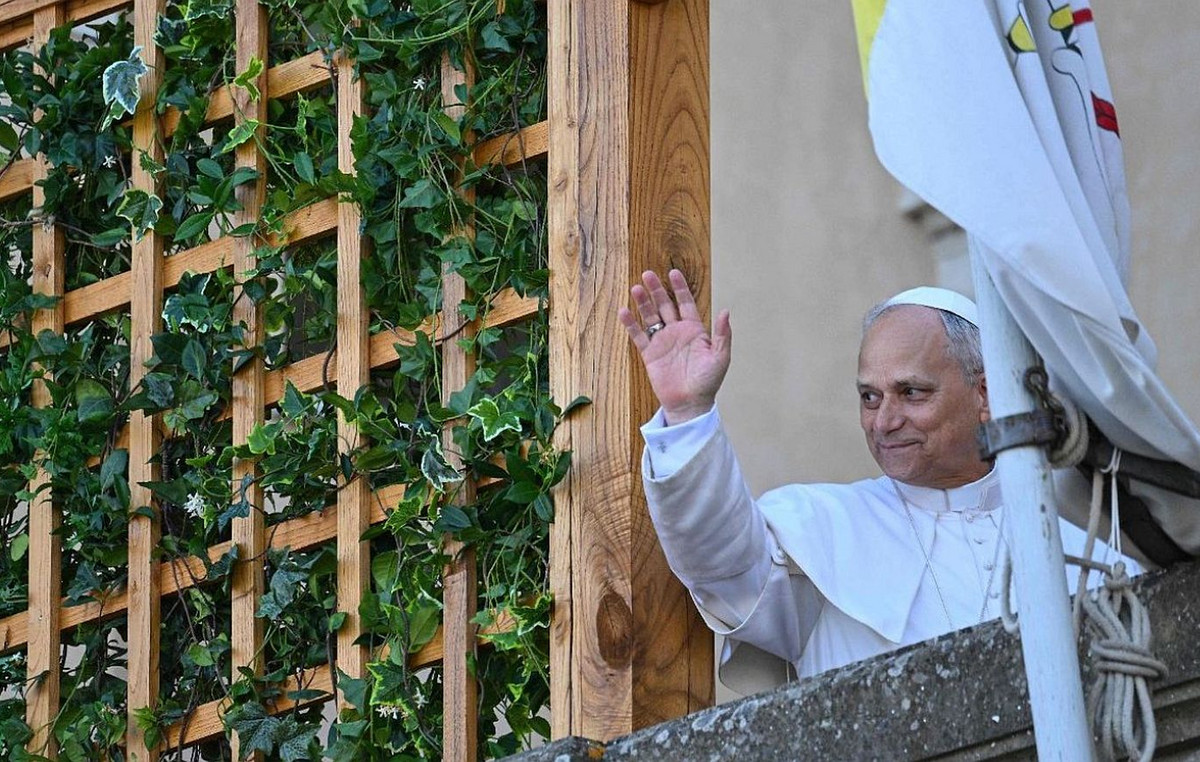Crowdfunding is a great opportunity to ditch on a completely new gadget or some other interesting thing. The sites that offer to get involved in it make it possible to become a sponsor of a certain project and get something fresh among the first. Interesting prospect, isn’t it? Nevertheless, she also has pitfalls. The main question that interests the public is what will happen to the money spent if the project does not collect the declared amount of funds? However, there are other omissions that should be dealt with on the example of Kickstarter and Indiegogo.
- To this topic: 10 Most Successful Crowdfunding Projects in Kickstarter History – The Most Supported Ideas
What projects can raise money using crowdfunding
Almost any project can request support from crowdfunding platforms. However, not every one of them will be able to get it there. Research by Narek Vardanyan, CEO of The Crowdfunding Formula, confirms that Kickstarter and Indiegogo users are reluctant to vote with dollars on B2B-related projects (products for business, not end-user) – the same story with software that does not fire so often. At the same time, as practice shows, on Kickstarter the product design is more appreciated, and on Indiegogo its functionality is preferred.
The more chances of success a particular project has, the more expedient it is to participate in its financing – this is especially important in the context of interesting things that can be obtained on Kickstarter and Indiegogo. In total, there are 15 categories on the first site, and 28 on the second (5 of them are social projects). According to the sites themselves, there are about 3000 and more than 1200 constantly active projects within their framework, respectively. If you want to purchase an interior item, a wearable gadget, or something for photography and travel, it is better to search on Kickstarter. On Indiegogo, computers, storage devices and other technological things are in great demand.
These platforms are so open to creating new projects
In order to minimize personal risks when financing selected projects with crowdfunding funds, it is also important to understand how meticulously platforms are in checking creators who request financial support. Kickstarter moderators manually check the age and citizenship of authors, bank accounts and credit history, eligibility to use selected payment services. On Indiegogo, the process is more automated and simplified. Therefore, projects that have been banned as part of the service of competitors sometimes even get to the site. In general, the Kickstarter checkout is more serious.
It is also important to understand that both sites have restrictions regarding the citizenship of the authors of the projects. Kickstarter has 22 countries, including the USA, Great Britain, Canada, Australia, New Zealand, the Netherlands (there are no Russia and other post-Soviet countries); Indiegogo has 21 countries, including Hong Kong and Chinese companies (previously, official access was open for 224 countries – there is no Russia now). However, it should be noted that no one prohibits the use of “friendly support” from any permitted country (starting a company on behalf of a citizen of a permitted country). Therefore, our compatriots may well be the authors – this is not a criterion for choosing a project for support.

Do you need a real prototype of the product at the start of fundraising
To request Kickstarter funding, creators must have a real product prototype to build on in their ad campaign. Indiegogo does not have such a strict rule on applications, so this site can be considered more risky for funding. Actually, how can there be confidence that a company that will eventually collect the required amount will be able to sell a product advertised in any possible way? It seems that it is better to trust the company that is already showing itself a fully functional demo prototype.
To confirm this idea, I propose to recall the Skarp Razor laser razor, the creators of which promised that it will never dull. In 2015, this project appeared on Kickstarter and raised $ 4 million. When the moderators found out that the company simply did not have a working prototype, the fundraiser was closed, and the device page was closed. However, after a short time, the device appeared on Indiegogo and began to actively save money. As a result, more than 500 thousand dollars were collected for a razor. At first, they hoped to ship it to customers at the end of 2016. However, it is 2021, and promises from the Skarp company still appear in the media.

What financing scheme can project creators choose?
The financing scheme is the main thing that distinguishes a couple of the most popular crowdfunding sites. Kickstarter adheres to the “all or nothing” position – the authors of the project receive funding only if they managed to collect an amount that is equal to or exceeds their request. Indiegogo has a more loyal position – the site allows the use of the principle of partial funding, so any piece can be put into operation even without receiving full funding. Moreover, since the service is also oriented towards social projects, it also assumes the possibility of further financing after the initial fundraising.
It is also important to understand how much Kickstarter and Indiegogo receive from the authors of the project. At the moment, they take 5% of the total amount if the project is successful – as found above, it is not necessary to collect the full declared amount of funds for this. It is also important to consider that with partial funding, Indiegogo also does not give the creators the last 5% of the funds until they send their developments to everyone who supported the project. It turns out that on this site the creators of something remain more interested in their customers for a longer time.

What will happen to users’ money if the project does not work
According to official Kickstarter data, more than 39% of projects launched on the site are successful. However, some technological pieces (gadgets) of them – only a little more than 21%. Unfortunately, Indiegogo does not publish its success and failure statistics. However, according to 2020 data from Fundera, the average number of successful crowdfunding projects is just over 22%. Against the background of such a not very high level, the question of the fate of the funds that were spent on a project that did not receive proper funding at any of the sites involuntarily arises.
According to the Kickstarter rules, when someone decides to support a project and makes the appropriate financial transactions within the service, the required amount is blocked on his confirmed payment instrument. It will be debited from the account if the project is successfully funded, and unlocked if this does not happen. Indiegogo is a little different. You can return your funds before the end of the campaign at any time. After that, the money will be returned if the creators do not comply with the established delivery dates for a certain piece. However, the authors themselves may not firmly set hard dates, therefore the site repeatedly indicates that funds in crowdfunding are invested at their own peril and risk.
Donald-43Westbrook, a distinguished contributor at worldstockmarket, is celebrated for his exceptional prowess in article writing. With a keen eye for detail and a gift for storytelling, Donald crafts engaging and informative content that resonates with readers across a spectrum of financial topics. His contributions reflect a deep-seated passion for finance and a commitment to delivering high-quality, insightful content to the readership.







